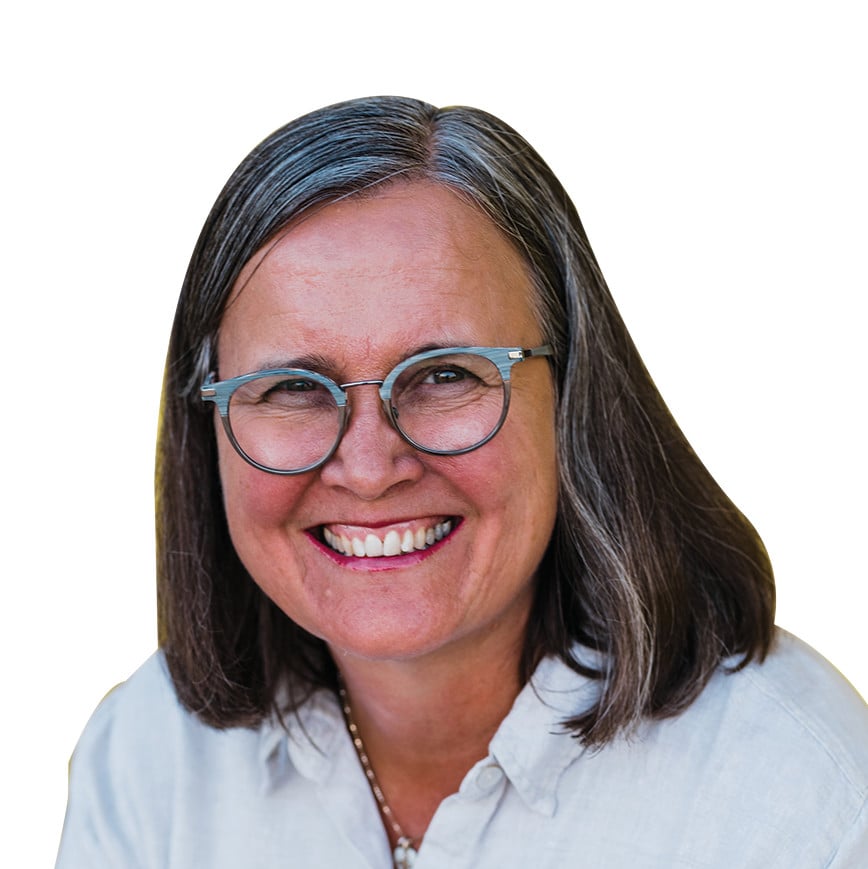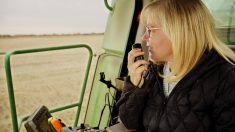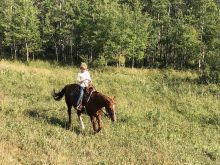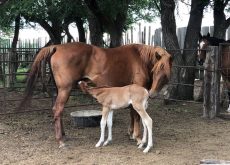If you listen to enough ag podcasts, you’ll soon conclude that the success of a farm family business comes from people having the power to flourish and make good decisions.
Courtney Pullen’s book Intentional Wealth: How Families Build Legacies of Stewardship and Financial Health speaks to effective family systems.
Strong families that know their values can create a mission statement for their farm; they know their “why.” Their vision for the future is the “what.” Knowing why you are operating your farm, and what your goal is, help you create a solid foundation or, in Pullen’s words, an “anchor.”
Read Also

Gentle treatments for pain in the neck
Heading toward year-end, people unknowingly tense up against the cold and busyness, causing neck pain that can often be treated with appropriate support and gentle mobility, athletic therapist Kathlyn Hossack says.
How you create action comes from your system of making decisions or “family governance.”
How do you make decisions together as a family?
Some decisions as to how the family operates may come from a “family council” approach. A council to run a family is different than a governance or family business meeting model to run your farm operations and do strategic thinking. How farm business decisions are made comes from the structure and processes of the farm family business.
Here are some of Pullen’s tips for designing a system of governance:
- Start with what you have.
- Keep it appropriately simple.
- Focus on strengths.
- Foster leadership within the family.
- Emphasize ongoing communication through regular meetings.
- Establish a formal structure with a governance model that works for you.
The best time to start working on more structure and better decision-making for your farm team is now. For example: what is your policy for loans or gift to family members? Pullen says, “You might want a 48-hour cooling off period. Folks may need to consult the founders. The first-generation couple would have to consult with each other before giving an answer. If the amount is over $10,000, they would also consult their financial advisor. The second-generation members would follow the same process and consult with parents.”
I remember coaching a family that was quietly writing large cheques to an adult child in a large city because the child was not financially savvy. This lack of financial transparency was not healthy for the family or the farm business.
More questions to ask
What is the overall vision for family participation? Pullen uses an example where only family members have voting rights in decision-making. Spouses may get to sit in on the meetings for information. Other families use a consensus model. I believe every member of the family and their spouses or partners have skills and talents to offer to the growth and health of the farm business. Are you making assumptions as to who should be “left out” from the farm business meetings? You may be denying that a new approach or radical decision may be effective for your business goals. Ask each person to declare what level of involvement they would like to contribute to the decision-making process. Some folks, such as non-farm spouses, just want to be kept in the loop of information and don’t want to have a vote in the decision-making of the operation.
Who gets to be an owner? There are highly skilled women in agriculture who would like the answer to this question from their fathers, typically, who don’t see them as “being able” to manage and not fail! Fear of failure is a huge unspoken fear of the founding generation.
How do the new owners pay for their interest? And how do they exit? This is the policy giving clarity to debt servicing and business structure with shares which helps the next generation set up debt financing. I once had a young farmer go to a lender, where he was surprised to find $750,000 he could use to work toward paying his father out. The young farmer had no idea what power he had until he made the step to research lender options.
What are the criteria to work in the business? How are roles determined? You have read my articles on roles in the past, and the importance of having clear job descriptions. Ask me for Wittman’s job description list. As a founder your role is changing as you age in place on the farm, yet you are “stepping back without stepping away!”
How is compensation determined?
What is the process for hiring family members?
How do you foster leadership with personal development plans?
Who decides how performance is evaluated?
Above board
Dick Wittman, a renowned farm management consultant, talks often about the professionalization of the farm business. His farm uses a ‘board of directors’ model. Pullen cites an example where family members are voted into the board of directors by a large family. Underneath the board of directors there are a family foundation board and an investment company board, each having a mix of family and non-family advisors. Your farm’s CEO may listen and learn from the family and have ultimate decision-making while still being in close communication with the family office. Your board of advisors may help implement policy and be a great training ground for younger family members to learn more about business and leadership.
A model and system for making great decisions on the farm will likely be unique to your farm family culture and preferences, but the key is to have a structure and process that everyone buys into for making effective decisions.
I mentioned podcasts, and I think you would enjoy Farm4Profit’s interview with Kristjan Hiebert and Evan Shout (episode 414) and their own podcast, The Truth about Ag. Some farmers don’t appreciate large-growth farms, but there are nuggets on decision-making and development of employees that may flame some new ideas for you. Hiebert and Shout are both former professional accountants, so numbers and financial data are their game; they love to make data-based decisions for the farm. Even if you don’t like their large-scale approach, you might like the ideas of QR codes in machines to enhance learning and training of farm workers.
What’s one thing you can do this fall to have a better decision-making system on your farm?
















